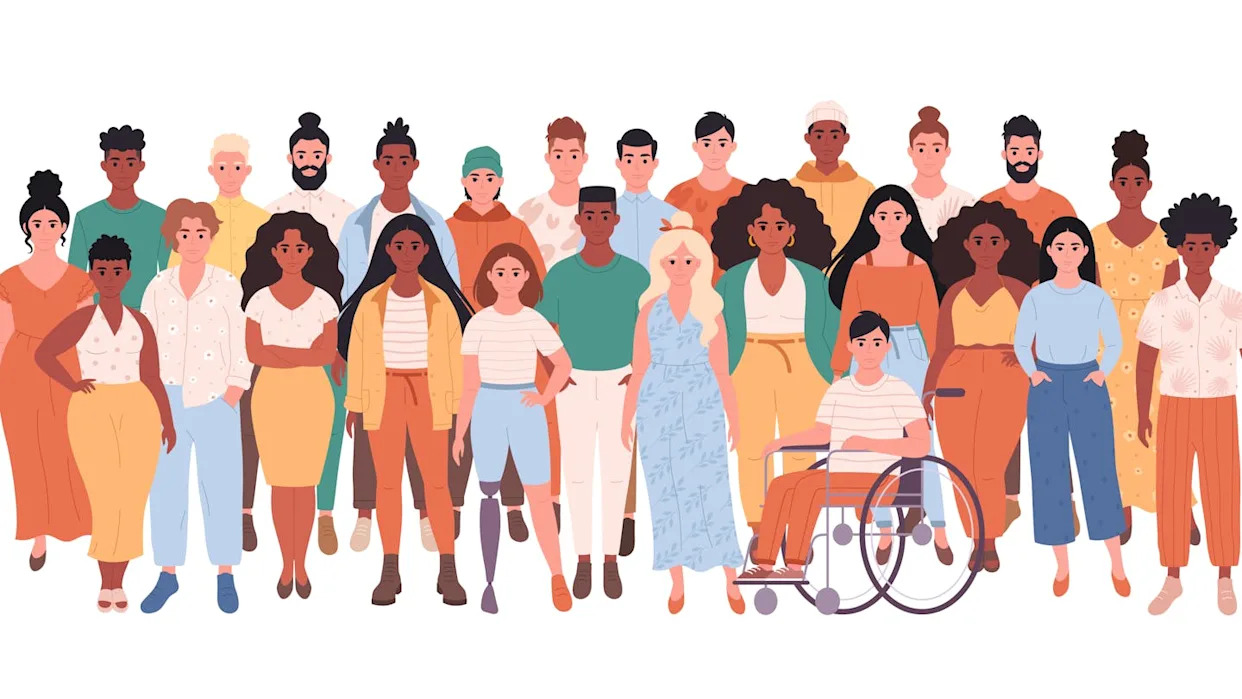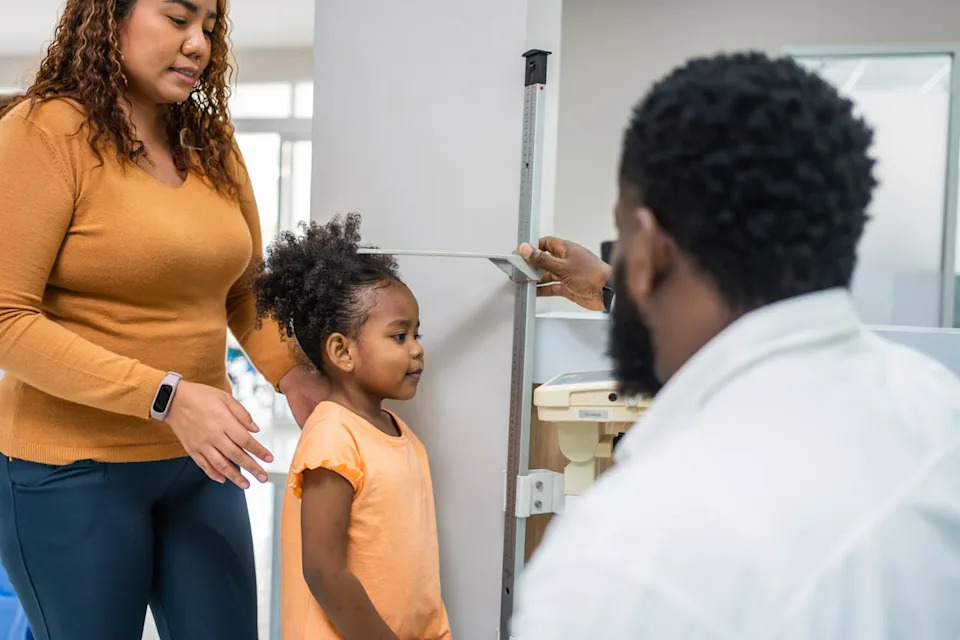
President Donald Trump’s administration has dramatically reshaped health and medical research by rolling back federal funding from institutions that have diversity, equity and inclusion initiatives and by cutting federal funding for research projects that the administration considers related to DEI.
As of Aug. 20, 2025, the National Institutes of Health has terminated over 5,100 grants totaling over US$4.4 billion in research funding. Likewise, the National Science Foundation, which seeks among other things to advance the nation’s health, has rescinded over 1,700 research grants totaling over $1 billion in funding.
These terminations have disproportionately affected projects that study the experiences of marginalized groups and funding to scientists from social groups that are underrepresented in academia. The federal judge overseeing a case challenging cuts to NIH grants said that he had “never seen government racial discrimination like this.”
Many Americans may view these cuts to health-related research as disconnected from the health care they receive. However, as a psychologist and a chemical engineer who study how gender and racial inequality affect well-being and the incidence and progression of disease, we believe that these changes will make all Americans less healthy.
Health repercussions for minority groups
The Trump administration’s funding cuts will most directly affect the health of members of marginalized groups, including, but not limited to, people of color, women and people who identify as lesbian, gay, bisexual, intersex and transgender. The website grant.witness.us includes a list of the project descriptions of canceled grants. The NIH grants that were terminated include ones that funded research investigating the effects of food insecurity and stress on prenatal and birth outcomes among women of color, sex differences in major depression, and risk factors for suicidal behavior among gender minority adolescents.
The White House has also indicated that it intends to ax the National Institute on Minority Health and Health Disparities, which funds research on groups that tend to have poorer health outcomes, in its planned reorganization of the NIH.

These cuts will likely make these groups’ health outcomes worse. One of the reasons for these health disparities is that the health experiences and outcomes of members of marginalized social groups, such as women of color, have historically received less attention. Health disparities cannot be closed without high-quality research.
The case of endometrial cancer
One example of a disease where differences in health outcomes vary depending on race is endometrial cancer. The endometrium is an inner layer of the uterus, and endometrial cancer therefore primarily affects women. As we discussed in a 2023 review article, Black women are more likely than white women to have worse disease outcomes and to die from endometrial cancer. Some of the reasons for these disparities are unclear. For example, researchers do not know why Black women are more likely to get the more aggressive of two subtypes of endometrial cancer. This knowledge gap underscores the need to study these disparities.
But many causes of these disparities are known – and they are social in nature. For example, researchers discovered that Black women were less likely than white women to know about the early warning signs of endometrial cancer, such as postmenopausal vaginal bleeding. Black women were, therefore, more likely to be diagnosed later and die from endometrial cancer. Additionally, many Black women use chemical hair straightening kits, or perm kits, which have recently been linked to endometrial cancer incidence.
Also, Black patients and members of other groups, such as LGBTQ people and women, also routinely experience discrimination from health care providers. For example, studies suggest that some providers may fail to provide the best possible medical care and express discriminatory attitudes toward Black and sexual minority patients, which may prompt patients to avoid seeking future medical care. More generally, the stress from experiencing discrimination can also lead to physiological changes in the body that contribute to poorer physical and mental health.

Addressing social factors that influence health
DEI initiatives may address some of these social factors. For example, efforts to promote diversity among medical professionals may be beneficial because patients of color may experience better outcomes when they are treated by doctors who share their racial or ethnic identity, and more diversity among primary care physicians may reduce racial health disparities. Black patients are also more likely to trust their providers when their providers signal awareness of systemic inequality – and trust, in turn, may encourage people to make use of preventive health services such as routine checkups.
Medical care is also supported by scientists from many disciplines who research the progression and treatment of disease. These researchers’ identities may influence what they choose to study and how they choose to study it. DEI initiatives, such as peer-mentoring programs and intentional efforts to recruit diverse faculty, help institutions to recruit and retain people whose backgrounds and experiences are traditionally underrepresented in academia. Better representation across many scientific fields may also contribute to the research and training of physicians and other scientists who contribute to the health of the nation.
Diversity in health care benefits everyone
Slashing support for DEI initiatives in health care as well as funding for minority health is likely to reshape the health of all Americans, not just people of color and others from underrepresented groups.
For example, the government has scrubbed the mention of words that are associated with DEI, such as “women,” “Black” and “bias,” from federal agencies and has increased scrutiny of grants submitted to the NIH and the National Science Foundation. Among the canceled grants was research examining women’s reproductive health, which affects both women and anyone who wishes to become a parent, regardless of whether they carry or birth that child.
Other canceled research grants examined ways to reduce the incidence of new HIV/AIDS infections among transgender women and men of color. Although this research specifically examined transgender people, research on reducing the transmission of HIV is a key strategy for eradicating HIV/AIDS, which affects about 1.2 million people in the U.S. and about 40.8 million people worldwide.
Moreover, because trainees from many different research areas were supported by grants that support biomedical researchers from underrepresented groups, canceling those grants has curtailed the study of diseases that affect many people. For example, these cuts have hit research on Parkinson’s disease, which is rising in prevalence and affects more men than women.
Health disparities also have profound economic costs – and poorer care for people from marginalized social groups result in costs that are borne by everyone. A 2018 study, for example, estimated that in 2018 alone, racial health disparities cost society $421 billion to $451 billion in excess medical care expenses, lower labor force productivity and premature death. The same study estimated that health disparities among those who did and did not have a college education cost between $940 billion and $978 billion.
Abundant evidence shows that improving the nation’s health requires medical research and education that broadens participation in science and attends to the health and well-being of all Americans, including those whose experiences were historically overlooked in the biomedical and psychological sciences. In our view, a more inclusive and pluralistic vision of science and health care is the best way to promote better health care for all.
This article is republished from The Conversation, a nonprofit, independent news organization bringing you facts and trustworthy analysis to help you make sense of our complex world. It was written by: Abigail Folberg, University of Nebraska Omaha and Brittany Givens Rassoolkhani, University of Kentucky
Read more:
Abigail Folberg receives funding from the National Science Foundation. This article reflects her views and does not necessarily represent the views of the University of Nebraska at Omaha.
Brittany Givens Rassoolkhani receives funding from The Alfred P. Sloan Foundation and the National Institutes of Health. This article reflects her views and does not necessarily represent the views of the University of Kentucky.






Comments